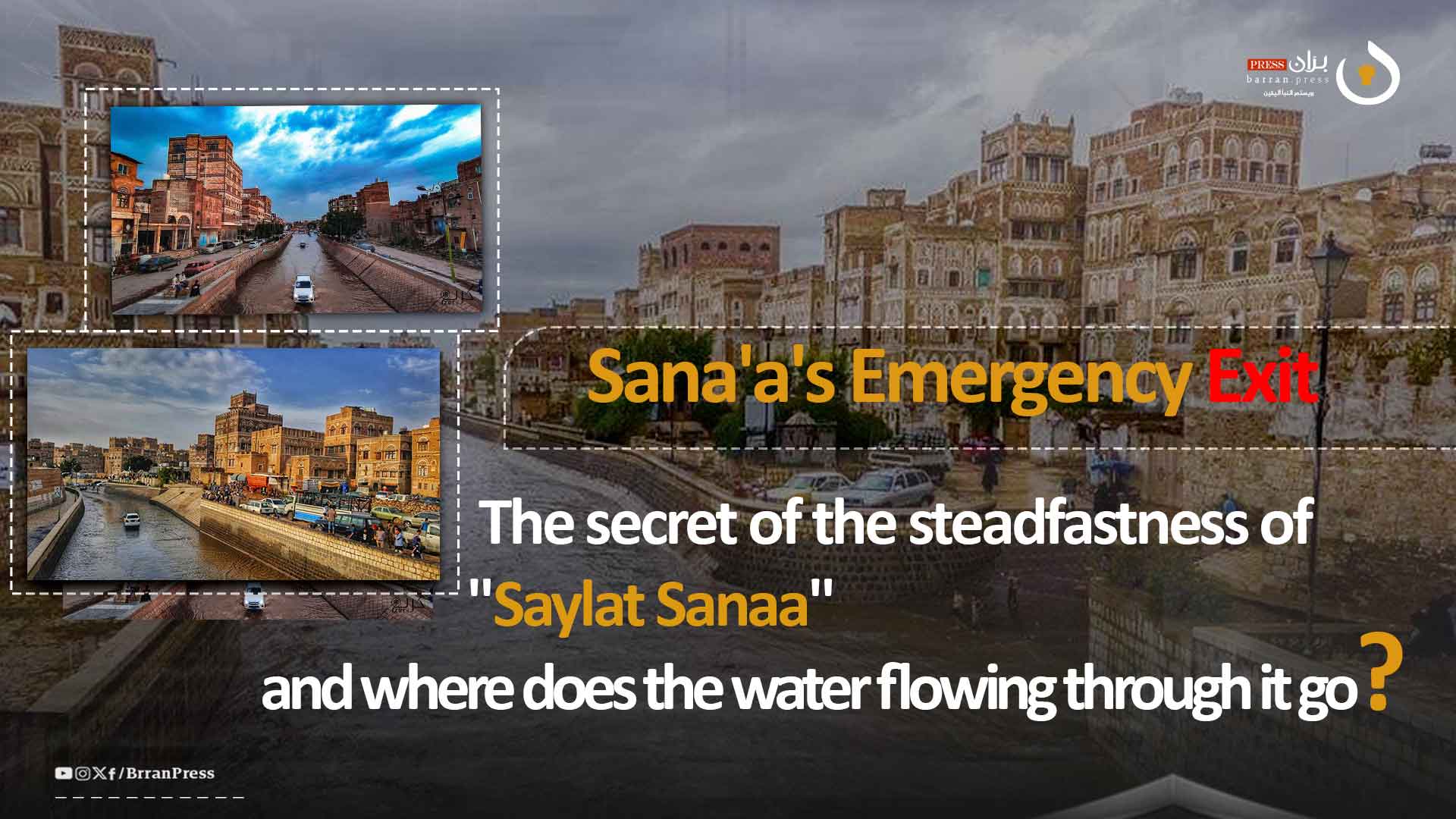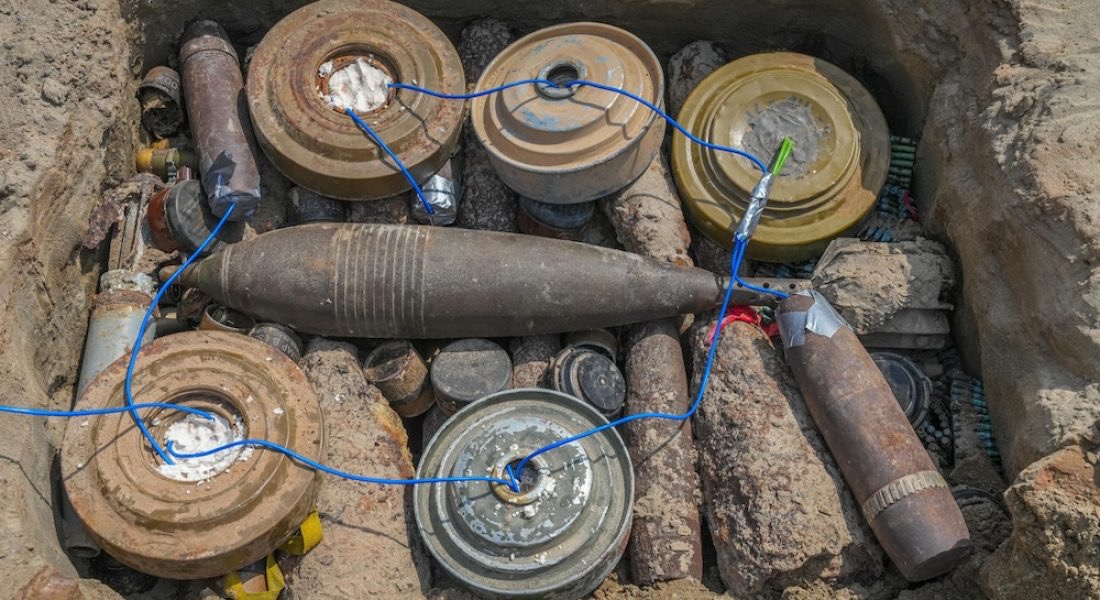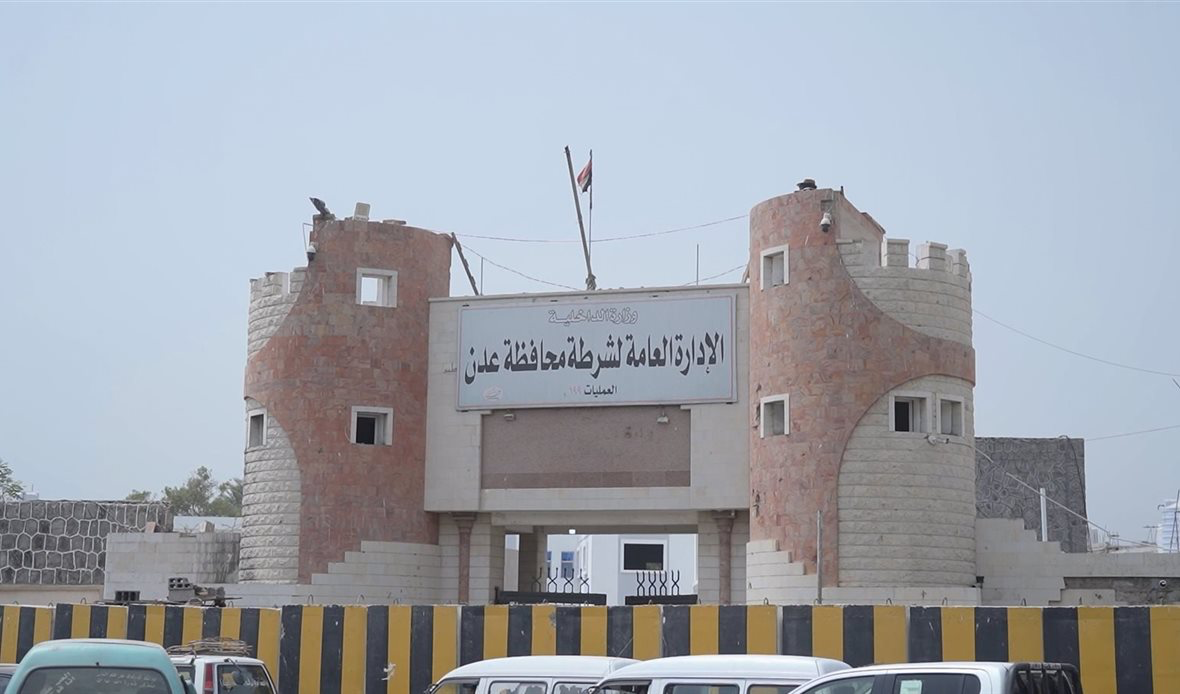
Barran Press
As Yemen's capital city experiences record rainfall this autumn, the "Saylah" (Sana'a Stream) has emerged as a critical lifeline, preventing a potential catastrophe. This natural channel, running through the heart of Sana'a, has historically served as a drainage system for the city, protecting its narrow streets, fragile houses, and historic buildings, including those listed as UNESCO World Heritage sites.
With recent heavy rains causing widespread flooding and damage to homes and buildings, the Sائلة صنعاء has become a crucial element in preventing further devastation. While reports indicate that dozens of structures have been damaged, the Sائلة's existence has likely mitigated a much larger disaster.
A Natural Drain for a Historic City
The "Saylah", stretching approximately 3300 meters, was originally a natural wadi that bisected the city from south to north. Over the years, its features have been obscured by pavement and retaining walls, but its essential characteristics as a drainage channel remain. Experts attribute its effectiveness to its lower elevation and natural slope, allowing it to carry away large volumes of water.
A Critical Channel Under Strain
As Sana'a has expanded and developed, the "Saylah" has become a vital, yet increasingly strained, drainage system. Concerns are growing about its capacity to handle future extreme weather events, particularly as climate change intensifies.
Expanding Capacity, Mitigating Risks
Waleed Abbas, a member of the Yemeni Engineers' Syndicate, believes that the "Saylah" can be further developed to enhance its capacity. He proposes the addition of a lower channel within the existing stream, allowing for greater water flow.
Abbas also suggests the construction of additional channels for collecting floodwaters from the western and eastern districts of Sana'a, running parallel to the "Saylah" to alleviate pressure on the current system. These channels could eventually converge with the Sائلة in the northern part of the city, after expanding its capacity in areas suitable for development.
However, he stresses the importance of careful design to ensure that the expanded system can handle peak water flows anticipated in future heavy rainfalls.
The "Saylah" stands as a testament to the resilience of Sana'a and its ability to adapt to challenging conditions. However, as climate change intensifies, the city must invest in the development and expansion of its drainage system to ensure the safety and well-being of its residents.
Where Does the Water Go?
The water flowing through the "Saylah" ultimately drains into the surrounding plains and valleys. However, the specific route and destination of the water can vary depending on the volume of rainfall and the condition of the drainage channels.
In the past, the "Saylah" was connected to a larger network of wadis and canals that carried water to agricultural areas and irrigation systems. However, these systems have fallen into disrepair in recent years, leading to increased flooding and waterlogging in some areas.
As Sana'a continues to grow and face the challenges of climate change, it is crucial to invest in the restoration and modernization of its drainage infrastructure to ensure the safety and well-being of its residents.
A Natural Solution: The"Saylah" Success Story
Engineer Waleed Abbas, a member of the Yemeni Engineers' Syndicate, highlights the Saylah's success as a testament to Sana'a's unique topography. The stream, originally a natural wadi, has been instrumental in channeling water away from the city's densely populated areas.
"The water naturally flows downwards, which greatly aided the engineers in designing and building the stream, contributing to its swift completion and success," Abbas explained.
The "Saylah", historically known as "Srar Sana'a" (meaning "low valley" or "low channel"), has a natural inclination that draws water from higher elevations. This natural design, combined with the city's mountainous terrain, has created a deep channel that can accommodate significant water volumes.
Maintenance: The Key to Survival
While the "Saylah" has proven its effectiveness, Abbas emphasizes the need for regular maintenance to ensure its continued functionality. He points out that the stream's natural construction, primarily composed of stone and other natural materials, makes maintenance relatively straightforward.
However, he warns that neglecting maintenance could lead to the deterioration of the stream's infrastructure, particularly the retaining walls, putting the city at risk.
Where Does the Water Go?
The water flowing through the "Saylah" continues northward, eventually reaching the Al Jawf Governorate through a network of valleys north of Sana'a. The water flows into the "Al Khard" valley in the Arhab district, where it joins other streams originating from the mountains surrounding Sana'a. This combined flow then continues towards Al Jawf, the northernmost governorate in Yemen.
Historically, the Al Khard was a significant river, flowing from Sana'a through Al Jawf and Hadhramaut before emptying into the Arabian Sea. Today, the flow reaches the southern outskirts of Al Jawf, passing through the districts of Al Muslub, Al Maton, Al Gail, and eventually reaching the governorate capital, Al Hazm. The water then flows into the desert of the Khub Al Sha'af district in the east.
Abbas expresses regret that these floodwaters, which could be used for irrigation and groundwater replenishment, are lost to the desert due to the lack of large dams along their path.
The Future of Sana'a's Lifeline
The "Saylah" stands as a testament to Sana'a's resilience and its ability to adapt to challenging conditions. However, as climate change intensifies, the city must invest in the development and expansion of its drainage system to ensure the safety and well-being of its residents. This includes prioritizing regular maintenance, exploring innovative solutions to maximize water usage, and developing strategies to mitigate the risks associated with extreme weather events.
Continuous rain
In the past hours, activists on social media circulated video clips showing the flow of torrents, described as "unprecedented", through the "Sana'a Stream", following the heavy and continuous rains in Sana'a and the surrounding highlands, which stopped traffic in the city's streets for long hours.
Since the beginning of August, Yemen has been witnessing heavy rains accompanied by thunderstorms and strong winds, which have left dozens of deaths and affected about a quarter of a million people, especially those living in displacement camps.
On Monday, August 19, the United Nations indicated that the harsh climate in Yemen will continue until next September.
Yemen suffers from severe weakness in infrastructure, which has made the effects of the torrents increase the tragedy of the population, who complain about the fragility of basic services due to the repercussions of a civil war that began about 10 years ago.





